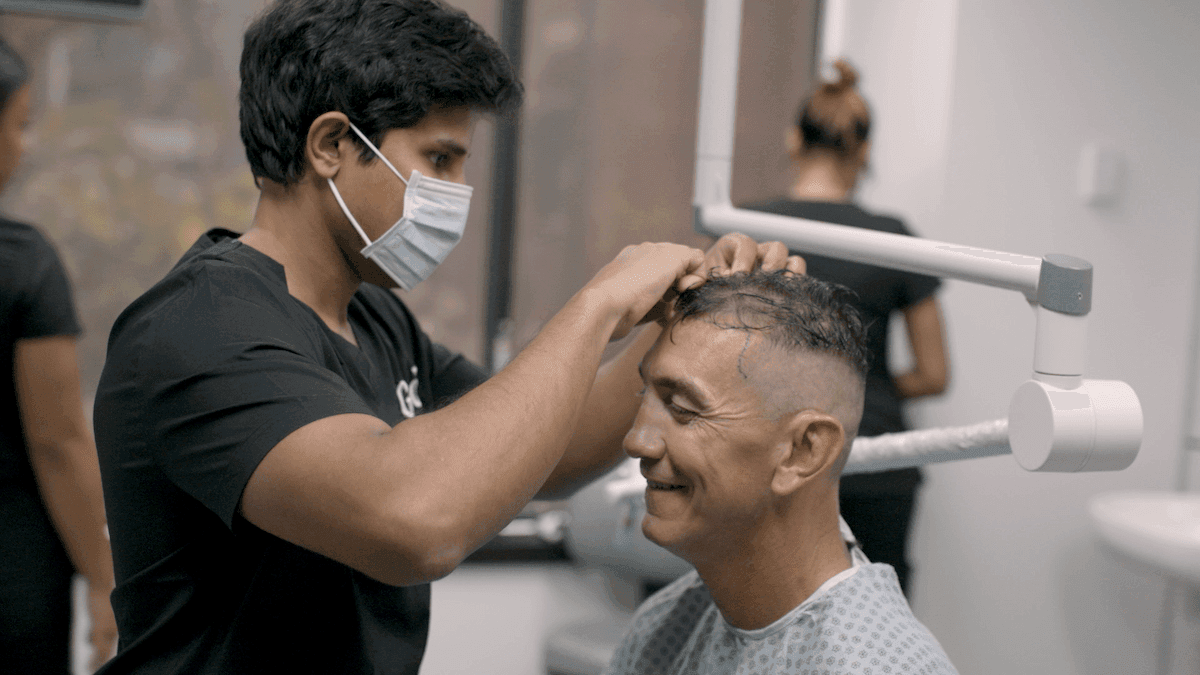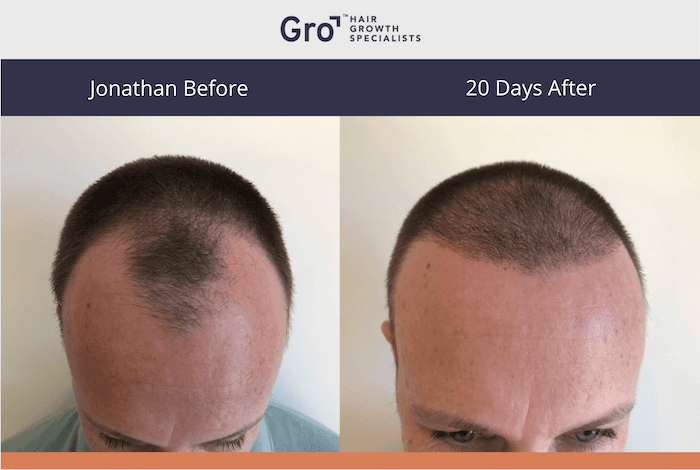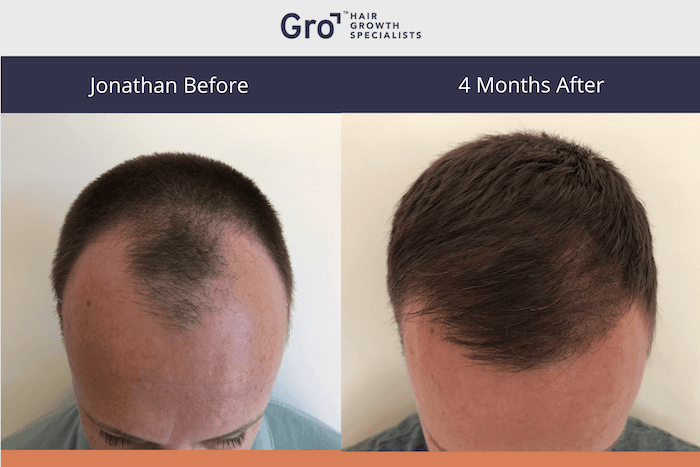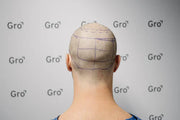
Source: Melbourne hair transplant clinic
Hair loss occurs for many reasons. It is completely normal to lose between 50-100 hairs per day from the normal hair growth cycle. However, if you notice that your hair is falling out more than usual, or that your hair is beginning to look thin in places, there are a range of treatment options available, including a hair transplant. A Gro Hair Implantation offers a safe, permanent solution to hair loss.
In this article we discuss how to find out if micro-transplant hair transplant is right for you and what to expect during the process.
What Causes Hair Loss?
Hair loss can be caused by a variety of underlying medical conditions, or from a less than healthy lifestyle. If you treat the cause, for example eat a healthy diet, stop smoking, reduce your stress levels, the hair loss should reduce or stop and your hair growth return to normal in a few months.
However, the most common reason for hair loss in men under 55 is genetics. If your Dad, grandfather or uncles on either side of your family went bald early, there is a good chance you will too. This type of hair loss is called androgenetic alopecia and results in a distinctive pattern of hair loss (male pattern hair loss or male pattern baldness). It can begin any time after puberty and gets more noticeable with age.
Hair Implantation is a safe and effective treatment that can provide a permanent, completely natural solution to progressive, irreversible hair loss.
The First Step – A Diagnosis
A correct diagnosis is the first step in determining if direct implantation is right for you. During your initial consultation, the Gro doctor or consultant will perform an examination to make a diagnosis of your hair loss type and discuss your expectations. You and your doctor will also discuss and decide on where and how much hair will be implanted.
What’s Involved In Hair Implantation?
The first phase is the follicle extraction. You will be given a local anaesthetic to numb the scalp before the treatment begins and you will be lying down, or lying back for the procedure. The doctor will mark out the treatment area and once the anaesthetic starts to work, the doctor can begin.
Healthy hair follicles are taken from low down on the back of your head. This area of the scalp rarely goes bald, so these hair follicles are considered to be ‘resistant’ to balding.
We use a specialised tool to minimise damage to the follicle itself and the surrounding scalp. The follicles are removed one by one and placed in the HypoThermosolTM growth solution at 4 degrees Celcius until ready to transplant. Up to 4500 hairs can be transplanted per session. The procedure is performed as a single session of up to 6 hours to several sessions over 2 days.
When all the follicles are collected, the doctor implants them in the marked areas using the specialised implanter tool. The implanter tool controls the depth, direction and angle of the placement so that the hair blends in naturally with those around it.
What Happens Next?
Once the procedure is complete, you will need to follow some detailed instructions to make sure the transplanted hair survives and begins to grow. You can return to work the following day provided you can follow the post-operative routine. Most of our clients take a week off so that they can recover fully before going back to work. You will start noticing an improvement in hair growth within 3-4 months, but the complete results take up to a year.
We have helped thousands of men and women regain a full head of hair and restore their confidence and self-esteem. If you have been considering treatment options for hair loss you can call us on 1300 787 563 so we can answer any questions you have and show you how the difference can provide a natural, permanent solution to your hair loss.















